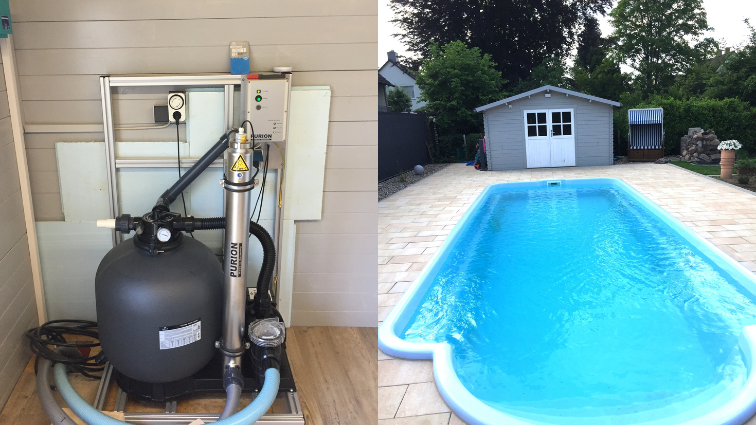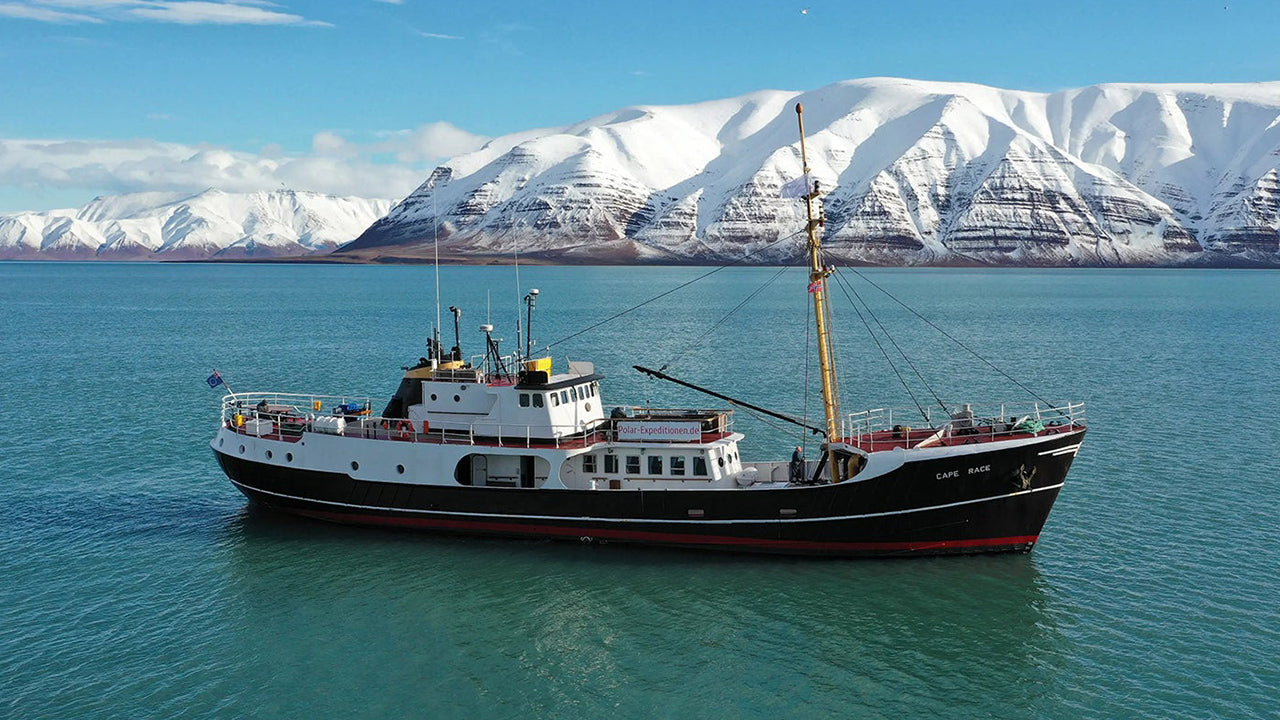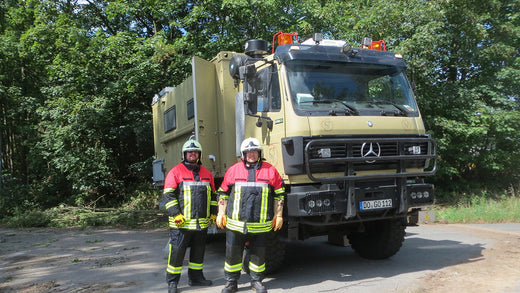Customer reviews

Customer Interview - a private pool with PURION UVC treatment
Mr. Reitmajer uses UV Concepts' water purification system for environmentally friendly pool cleaning and praises the product quality and customer service.

Customer Interviews – Cape Race
The MS "Cape Race", a converted deep-sea fishing cutter, uses UV disinfection from UV Concept for safe drinking water at sea.
 Telefon: +49 3641 327 9697
Telefon: +49 3641 327 9697
 Offizieller Purion Händler
Offizieller Purion Händler
 Europaweite Lieferung
Europaweite Lieferung


